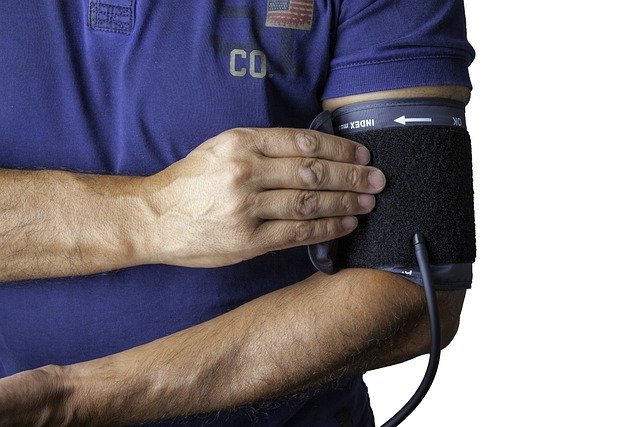Bioelectrical Impedance: Revolutionizing Health Monitoring
Is your body's electrical current the key to unlocking a wealth of health insights? Imagine a world where a simple, non-invasive test could reveal your body composition, hydration levels, and even potential health risks. Welcome to the fascinating realm of bioelectrical impedance analysis (BIA), a cutting-edge technology that's transforming how we understand and monitor our bodies.

By measuring this resistance, BIA devices can estimate body composition, including fat mass, lean mass, and total body water. This technology has come a long way since its inception in the 1960s, evolving from simple hand-held devices to sophisticated full-body scanners used in medical settings.
Beyond Body Fat: The Multifaceted Applications of BIA
While many associate BIA primarily with body fat measurement, its applications extend far beyond. Modern BIA technology can provide insights into muscle mass, bone density, and even cellular health. This comprehensive view of body composition offers valuable information for various health and wellness applications:
-
Fitness and Athletic Performance: Athletes and trainers use BIA to track changes in muscle mass and body fat percentage, optimizing training regimens and nutrition plans.
-
Nutritional Assessment: Healthcare professionals employ BIA to assess malnutrition risks in patients, particularly useful in geriatric care and eating disorder treatment.
-
Hydration Monitoring: BIA can accurately measure total body water, helping to prevent dehydration in athletes and monitor fluid balance in medical patients.
-
Chronic Disease Management: BIA assists in monitoring conditions like heart failure, where fluid retention is a concern, and in assessing muscle wasting in diseases like cancer and HIV.
The Evolution of BIA Technology
Recent advancements have significantly enhanced the accuracy and applicability of BIA. Multi-frequency BIA devices, for instance, use different electrical frequencies to provide more detailed body composition analysis. These sophisticated systems can differentiate between intracellular and extracellular water, offering insights into cellular health and hydration status at a more granular level.
Segmental BIA is another innovation, allowing for the analysis of specific body parts independently. This targeted approach can identify imbalances or asymmetries in muscle mass or fat distribution, which is particularly valuable in rehabilitation settings and for assessing the effectiveness of localized treatments.
Integrating BIA into Personalized Health Plans
The non-invasive nature and quick results of BIA make it an ideal tool for regular health monitoring. Many healthcare providers are now incorporating BIA into routine check-ups, using the data to tailor lifestyle and treatment recommendations. For individuals, this means more personalized health guidance:
-
Customized Nutrition Plans: BIA results can inform dietary adjustments to support optimal body composition and metabolic health.
-
Targeted Exercise Regimens: Understanding one’s muscle mass distribution helps in designing more effective workout routines.
-
Early Detection of Health Issues: Changes in body composition or fluid balance can signal underlying health problems before other symptoms appear.
-
Motivation and Goal-Setting: Regular BIA measurements provide tangible feedback on health progress, encouraging adherence to lifestyle changes.
Challenges and Considerations in BIA Implementation
While BIA offers numerous benefits, it’s not without limitations. Factors such as hydration status, recent physical activity, and even menstrual cycles can affect readings. Moreover, the accuracy of BIA can vary depending on the quality of the device and the expertise of the operator.
Standardization of BIA protocols and interpretation remains a challenge in the medical community. However, ongoing research and technological improvements are addressing these issues, gradually increasing the reliability and widespread acceptance of BIA in clinical settings.
Optimizing Your BIA Experience
-
Stay well-hydrated before your BIA test for more accurate results
-
Avoid intense exercise 12 hours prior to measurement
-
For consistent tracking, try to measure at the same time of day
-
Wear light, comfortable clothing and remove metal jewelry
-
Discuss any medical conditions or implants with your healthcare provider before undergoing BIA
As we continue to unravel the complexities of human health, tools like bioelectrical impedance analysis offer a window into our body’s inner workings. By harnessing the power of our body’s electrical properties, we’re gaining unprecedented insights into our health, paving the way for more personalized and proactive wellness strategies. As BIA technology evolves, it promises to play an increasingly vital role in shaping the future of healthcare, empowering individuals to take charge of their health with precision and confidence.





